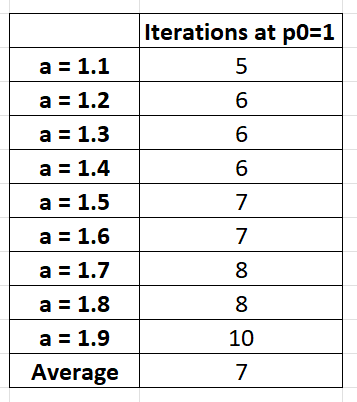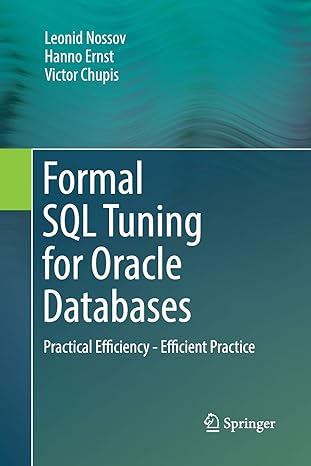Answered step by step
Verified Expert Solution
Question
1 Approved Answer
begin{tabular}{|c|c|} hline & Iterations at p0=1 hline a=1.1 & 5 hline a=1.2 & 6 hline a=1.3 & 6 hline a=1.4 &


Step by Step Solution
There are 3 Steps involved in it
Step: 1

Get Instant Access to Expert-Tailored Solutions
See step-by-step solutions with expert insights and AI powered tools for academic success
Step: 2

Step: 3

Ace Your Homework with AI
Get the answers you need in no time with our AI-driven, step-by-step assistance
Get Started


